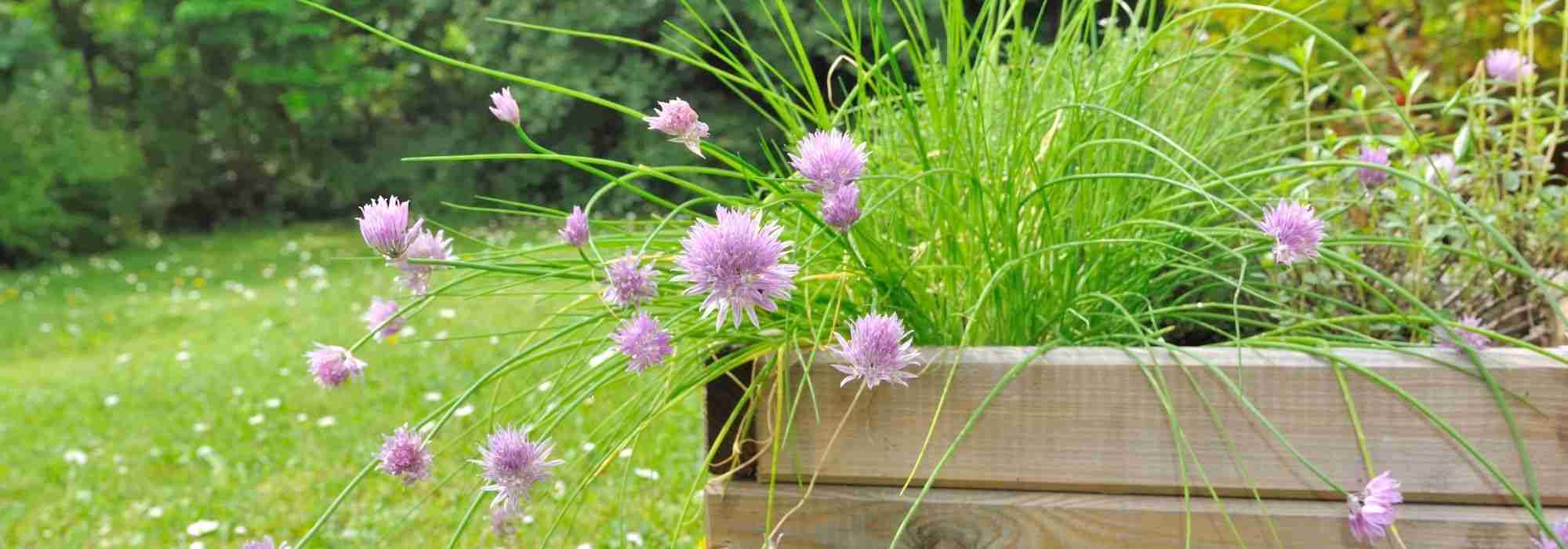
How to create a herb planter for sunny spots?
Our growing ideas and tips
Contents
Essential in our dishes, aromatic plants thrive easily in pots or window boxes – particularly those with invasive roots like mint. Only the tall and imposing angelica is unsuitable for this type of cultivation.
They can be annual (lasting only one season), biennial (two years), bulbs, herbaceous perennials, or shrubs. Finally, while some can flourish in partial shade, others require full sun exposure – like the “herbs of Provence,” traditionally composed of a mix of thyme, oregano, marjoram, rosemary, basil, thyme-leaved serpolet, and even savoury, chervil, and tarragon.
What aromatic plant combinations can you make on the balcony or terrace?
Beyond traditional pots, several containers can host your plantings under the sun of your balcony or terrace: a trough placed on the ground or a large planter.
While traditional pots often accommodate a single aromatic plant, strawberry pots with their side buckets can offer a mix of several, such as the lovely chives at the top and mint, tarragon, lemon thyme, and parsley on the sides. In a trough, you can plant tarragon, marjoram, variegated mint, and purple sage. And in a planter, either a combination including chives, marjoram, mint, and tarragon, or a mix of low and creeping plants, such as sage, chives, bay, thyme, and parsley.
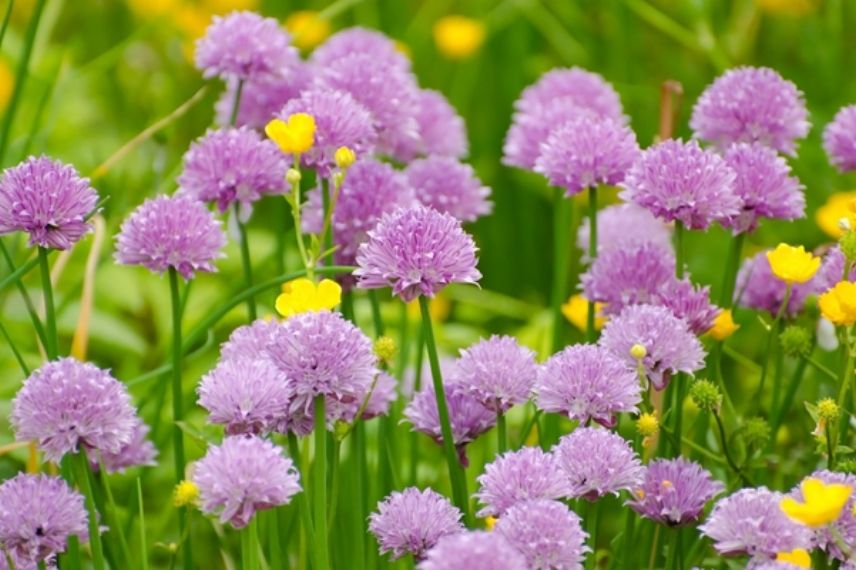
Read also
7 essential aromatic plantsHow to organise the cultivation of these herbs?
Traditionally, the planting of aromatic containers takes place in spring – ideally using young plants rather than seeds, to benefit from them as soon as the first warmth arrives.
The preferred container remains troughs and planters with drainage holes. Remember to place a layer of clay balls at the bottom of the container to limit excess water. Fill half of the planter with potting soil, place the young plants, and then top up the planter with more potting soil.
For strawberry pots, it is recommended to use a mixture of soil and coarse sand, with a good drainage layer at the bottom.
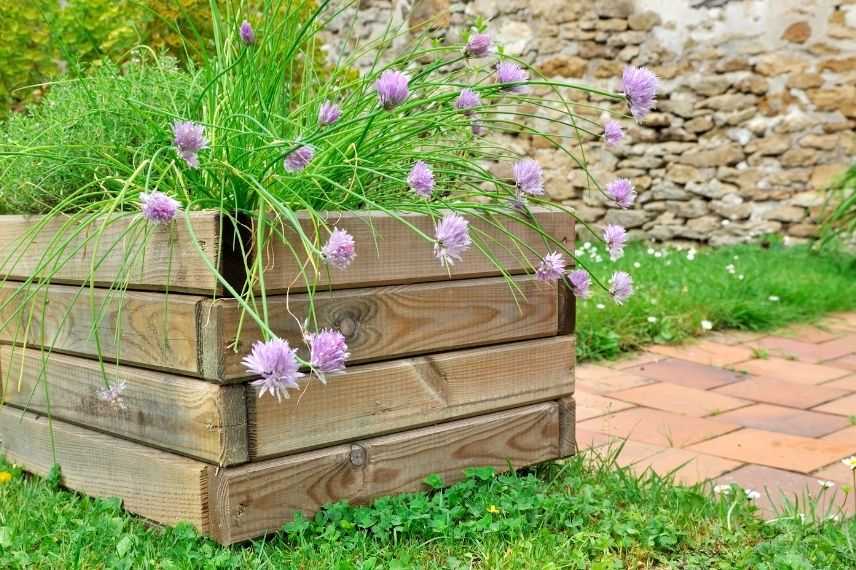
Wooden planter
Discover other Herbs
View all →Available in 0 sizes
Available in 0 sizes
Available in 1 sizes
Available in 1 sizes
Available in 1 sizes
Available in 1 sizes
Available in 1 sizes
Available in 1 sizes
Available in 1 sizes
Available in 1 sizes
How to maintain these culinary herbs?
After the initial planting in the aromatic planter, it is important to generously water the plants. Subsequently, the water supply depends on the chosen herbs: thyme, rosemary, sage, and Mediterranean herbs require only moderate watering, while other aromatic plants will need more regular watering. The frequency varies depending on weather conditions: the key point to remember is that the soil should never be dry.
Good to know: apart from Mediterranean herbs, other plants need a regularly fertilised substrate – with a liquid fertiliser applied every 15 days during spring and summer.
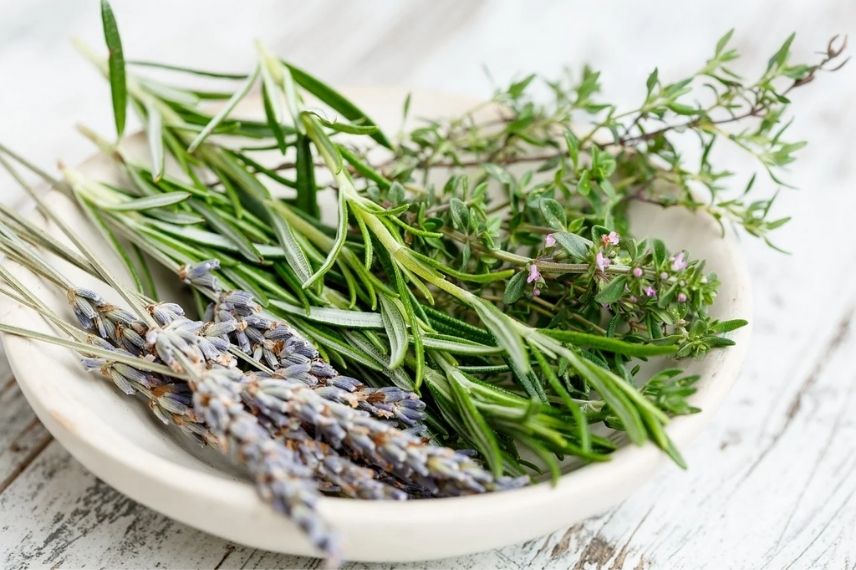
Read also
To grow coriander in a potHow to harvest and preserve aromatic plants?
During summer, you can freely pick fresh herbs as needed. But you can also choose to dry some, allowing for their use during other seasons. For this purpose, it is best to gather them in the morning when their flavour is at its peak. Then, group them into small bunches to hang in a dry, well-ventilated, and ideally dark place. Finally, simply place them in a glass jar for storage.
Herbs (chives, parsley, chervil, basil, and tarragon) are best preserved by freezing: for this, simply chop them finely and make ice cubes by covering them with water before freezing. This allows you to defrost small amounts just before use.
Good to know: Basil enhances tomatoes in salads, sage complements meats (beef, veal, pork), tarragon pairs perfectly with poultry, thyme and rosemary flavour summer grills, while chives and parsley refresh all kinds of salads.
- Subscribe!
- Contents
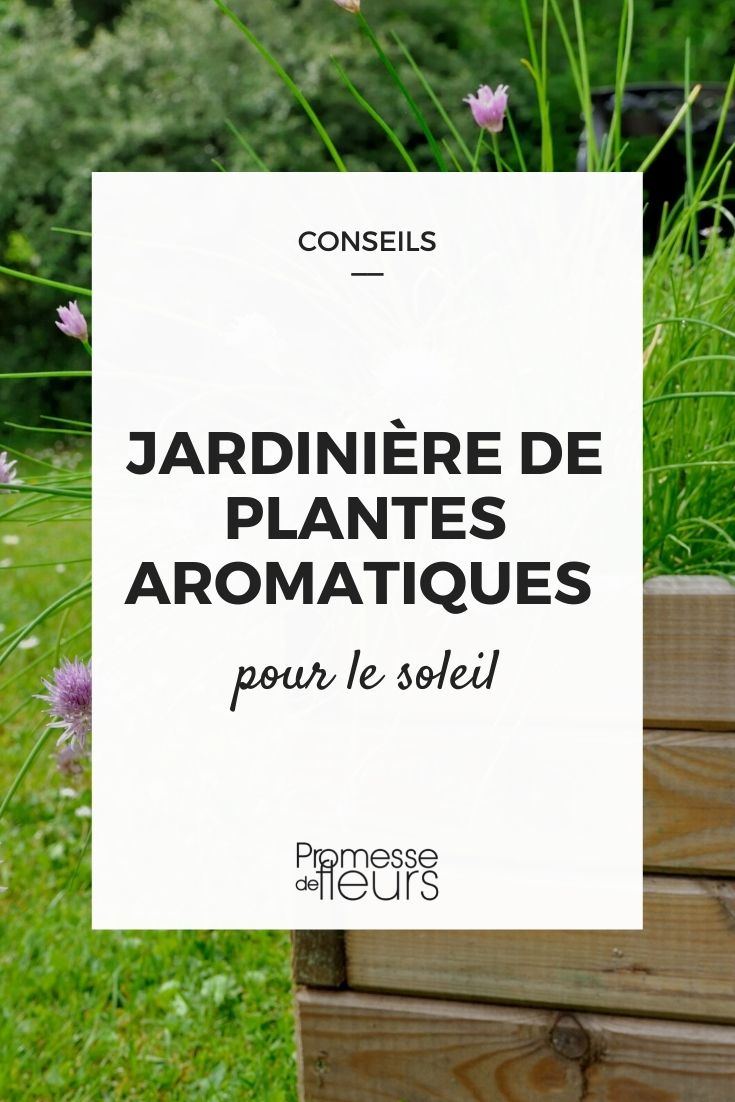































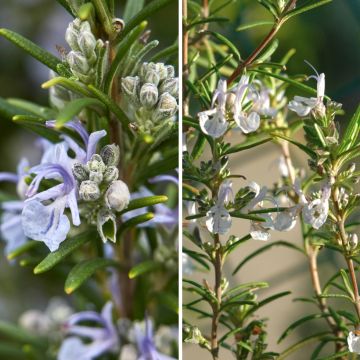
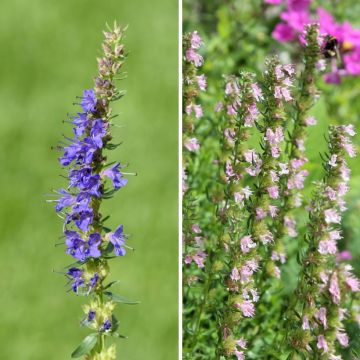
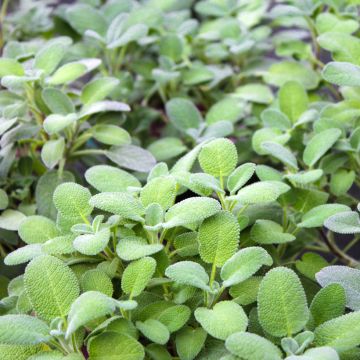
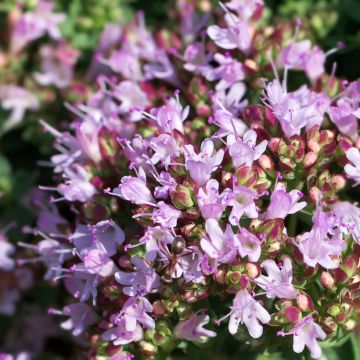
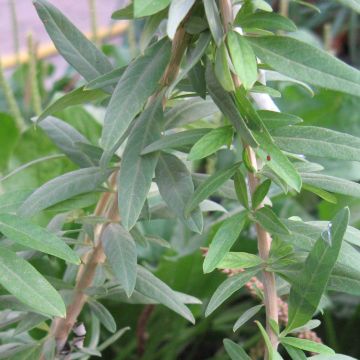
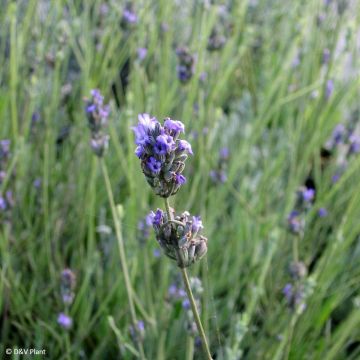
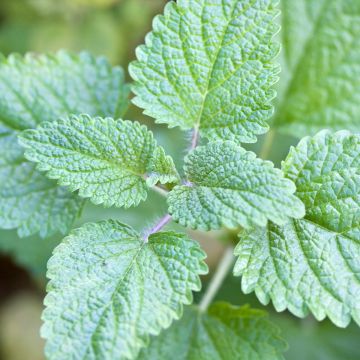
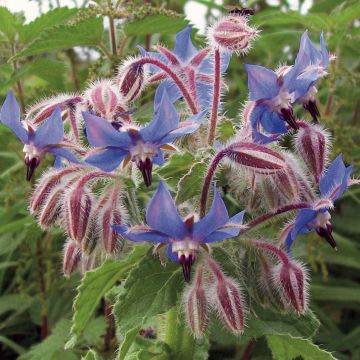
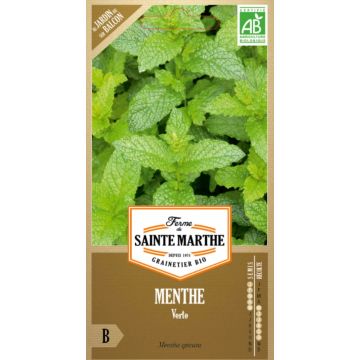
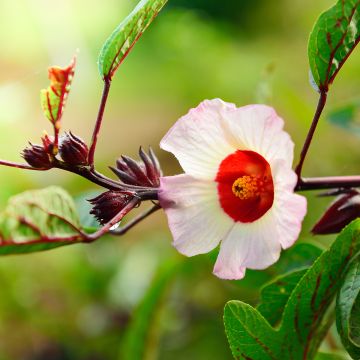
Comments